45 Vintage Photos That Show What Life Looked Like In The 1920s
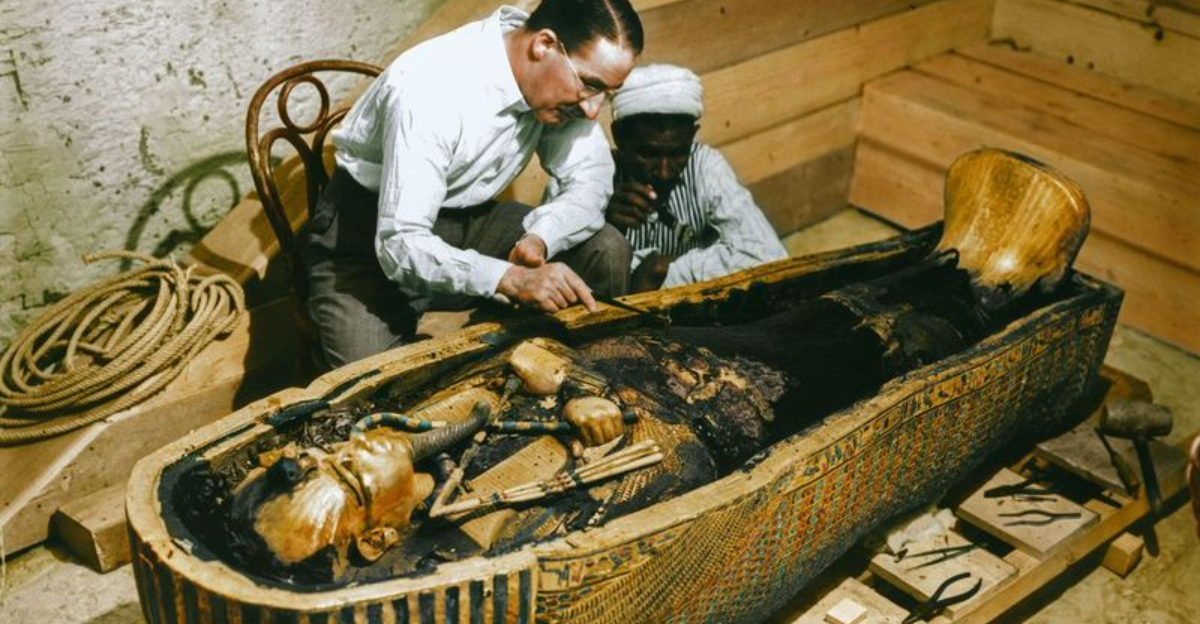
The 1920s weren’t just a decade — they were a dazzling, champagne-fueled celebration of change. Known as the Roaring Twenties for good reason, this was an era that sparkled with energy, rebellion, and reinvention.
Women chopped their hair and raised their hemlines, jazz bands turned quiet nights into wild ones, and technology leapt forward with the giddy excitement of a Charleston dancer. It was a time when society threw off the corset (literally and metaphorically) and embraced bold new ideas, from suffrage to skyscrapers.
So step into the time machine with me as we explore 45 captivating vintage snapshots that capture the very soul of the 1920s.
Each image is a window into a world brimming with life — from speakeasies to science labs, ballroom glamour to street-side hustle. Feather boas optional, curiosity required. Ready to waltz into history? Let’s dance through a decade that never stopped moving.
1. Prohibition Began (1920)

The year 1920 marked the start of Prohibition in the United States, making alcohol as rare as a unicorn at a wine tasting! Despite the ban, creativity poured as speakeasies and bootlegging operations flourished.
These secretive bars became the go-to spots for jazz, dance, and a little rebellion. Imagine walking into a nondescript basement and finding it packed with people, music, and laughter, all defying the ban with a clink of their glasses.
I’d say that’s one way to keep spirits high! The irony of a law meant to curb drinking leading to a widespread underground alcohol culture is one for the history books—or perhaps the joke books. People raised their glasses to Prohibition, quite literally, as they partied the night away in hidden corners of the cities. Who knew banning alcohol would make it even more popular?
2. Women Gained the Right to Vote (1920)
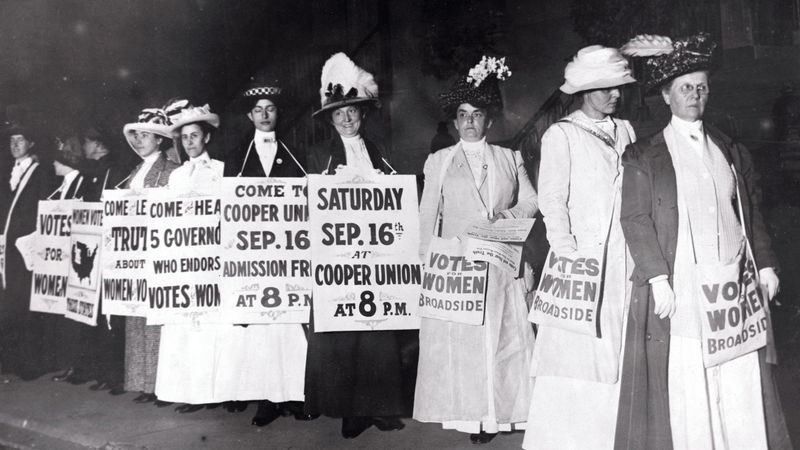
In 1920, women across the United States finally got what they had been fighting for—the right to vote. The 19th Amendment was like a Cinderella moment for women, turning the political pumpkin into a carriage of opportunity.
Can you imagine the excitement and pride as women lined up at polling stations, casting their ballots for the first time? It was a monumental shift, empowering women to have a say in shaping the future of their country.
I picture my grandmother in line, her hat tilted just so, ready to make her voice heard. The ladies of the 1920s didn’t just gain the vote; they gained a powerful tool of change. And with it, they paved the way for generations of women to claim their rightful place at the decision-making table. Hats off to those pioneering women!
3. The Jazz Age Took Over
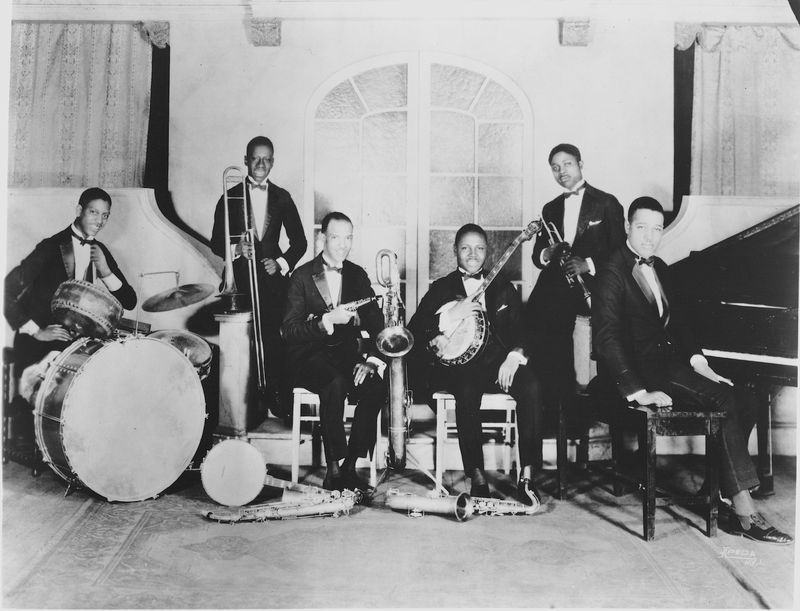
The Jazz Age of the 1920s was a time when music, style, and sass took center stage. Imagine walking into a club and being greeted by the infectious sound of Louis Armstrong’s trumpet or Duke Ellington’s piano. Jazz wasn’t just a genre; it was a lifestyle.
Flappers, with their bobbed hair and beaded dresses, danced with a carefree spirit, embodying the decade’s vibrant energy. The music was a rebellion, a conversation, and an invitation to let loose. As jazz filled the air, so did a sense of liberation and joy.
I can almost hear the rhythm echoing through the streets, calling everyone to join the dance. The Jazz Age didn’t just change music; it changed the fabric of society, bringing people together through the universal language of rhythm and blues. It was music with a mission—to celebrate life.
4. The Harlem Renaissance Boomed
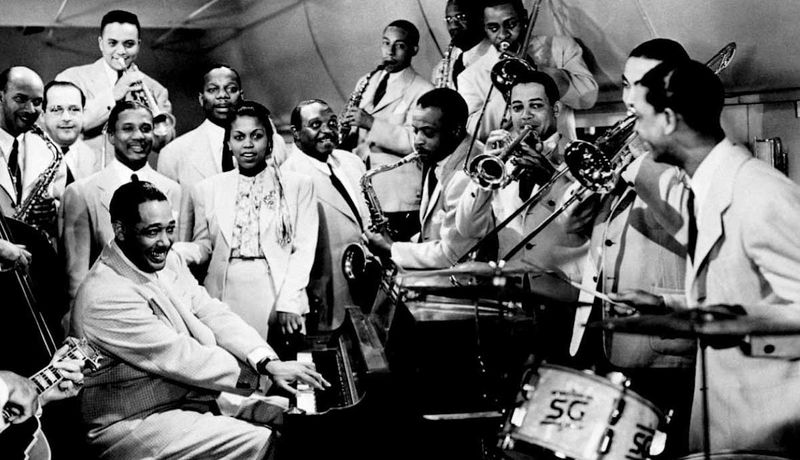
The Harlem Renaissance was a cultural explosion like fireworks lighting up the night sky. In the 1920s, Harlem became the epicenter of African American art, literature, and music. Imagine strolling down a street and bumping into Langston Hughes or Zora Neale Hurston, their words painting vivid pictures of life, struggles, and triumphs.
This was more than just an artistic movement; it was a call for equality and expression. The Renaissance was all about breaking barriers and celebrating Black culture in all its richness and diversity. Music flowed from jazz clubs, poetry was recited in smoky rooms, and art adorned the walls of galleries, each piece telling its own story.
The Harlem Renaissance was a testament to the power of art to inspire change and build community. It was a renaissance that truly made history, leaving a legacy of creativity and courage.
5. The First Miss America Pageant (1921)

In 1921, the first Miss America Pageant strutted into the spotlight in Atlantic City, and boy, did it make waves! Imagine women in the 1920s walking the boardwalk, donning swimsuits that would make today’s fashionistas giggle.
The pageant wasn’t just about beauty; it was a showcase of poise, talent, and the occasional daring beachwear choice. Atlantic City was buzzing with excitement as contestants paraded in front of judges and a curious crowd. It was the dawn of a new era in beauty pageants, one that would evolve over the years into a national tradition.
Who knew that a simple idea to boost tourism would become an iconic event, crowning queens who would go on to influence fashion and culture? The first Miss America Pageant was a splashy affair that left an indelible mark on American pop culture, one sash at a time.
6. Insulin Was Discovered (1921)

The discovery of insulin in 1921 was like finding a life raft in a stormy sea for people with diabetes. Before insulin, diabetes was often a death sentence, but this groundbreaking discovery changed everything. Imagine the relief and hope as scientists, led by Frederick Banting and Charles Best, introduced insulin to the world.
It was a game-changer, providing a lifeline to those in need. I can only imagine the joy of families as they watched their loved ones regain health and vitality. Insulin was more than just a medical breakthrough; it was a miracle in a bottle.
It’s amazing to think that such a small discovery could have such a massive impact, saving countless lives and paving the way for future advancements in diabetes care. The story of insulin is one of perseverance, innovation, and the relentless pursuit of knowledge.
7. Radio Became a Thing
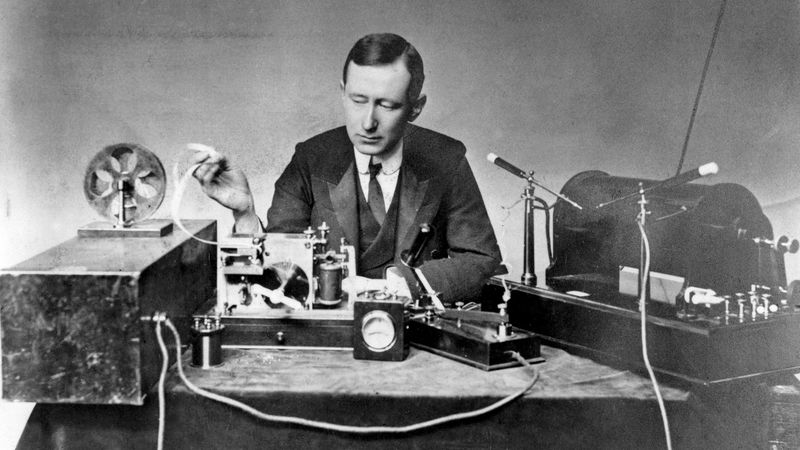
The 1920s were the golden age of radio, and it was like adding a soundtrack to daily life. Imagine families gathering around their radios, tuning in to catch the latest news, music, and dramas. It was a time when the airwaves buzzed with excitement, connecting people across distances like never before.
Radio was more than just a device; it was a window to the world. I can picture my great-grandparents huddled close, eagerly listening to their favorite programs, the glow of the radio casting a warm light in the room. For millions, radio became a companion, a storyteller, and a source of entertainment. It revolutionized communication, bringing the world into living rooms and sparking imaginations.
The radio was a groundbreaking invention that left its mark on society, proving that sometimes the best things come in waves.
8. Charlie Chaplin Ruled the Silent Screen
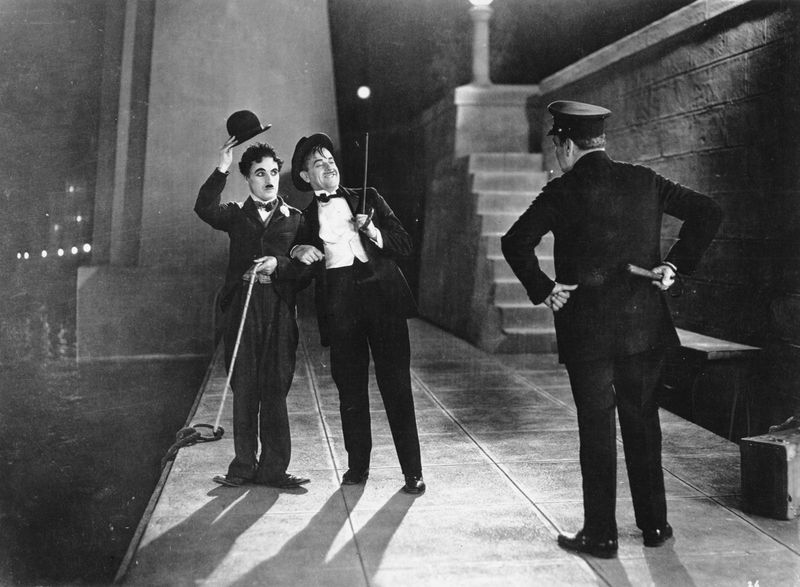
Charlie Chaplin was the king of the silent screen, with his little mustache and big heart stealing the show. The 1920s were his playground, and he turned every film into a masterpiece of humor and emotion. Imagine watching Chaplin’s iconic character, the Tramp, navigating a world of slapstick mishaps and heartfelt moments, all without uttering a single word.
His genius lay in his ability to convey universal emotions through simple gestures and comedic timing. I can almost hear the laughter and see the smiles of audiences as they watched Chaplin’s antics unfold on the big screen.
He was more than just an actor; he was a storyteller, weaving tales that spoke to the human condition. Charlie Chaplin’s legacy is a testament to the power of silent films to speak volumes, proving that sometimes actions really do speak louder than words.
9. Tutankhamun’s Tomb Was Discovered (1922)
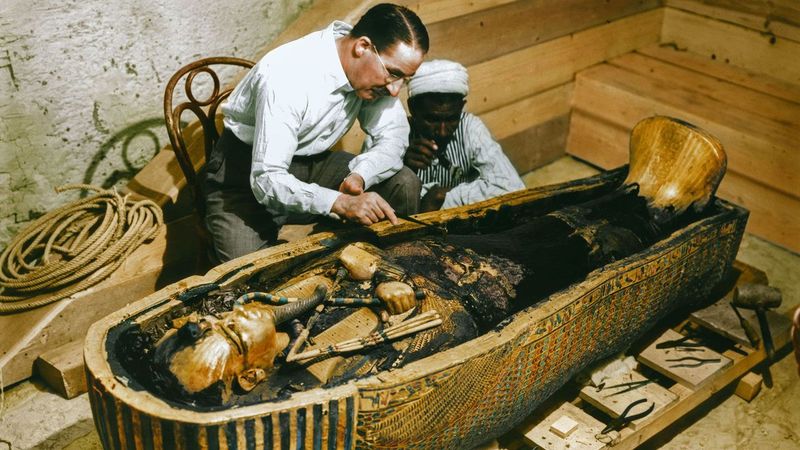
In 1922, the discovery of Tutankhamun’s tomb was like finding a buried treasure chest filled with gold and history. The world caught a case of Egyptomania as archaeologist Howard Carter uncovered the pharaoh’s final resting place, complete with dazzling artifacts and ancient secrets.
Imagine the excitement and awe as the tomb’s door was opened, revealing treasures that had been hidden for centuries. It was a moment that captured the imagination of millions and sparked a renewed interest in ancient Egypt.
The discovery wasn’t just about gold and jewels; it was a glimpse into a civilization that had long fascinated and mystified historians. I can almost feel the thrill of being there, witnessing history unfold right before my eyes. Tutankhamun’s tomb was a monumental find that left an indelible mark on archaeology, reminding us that sometimes the past holds the most dazzling surprises.
10. The First Macy’s Thanksgiving Parade (1924)
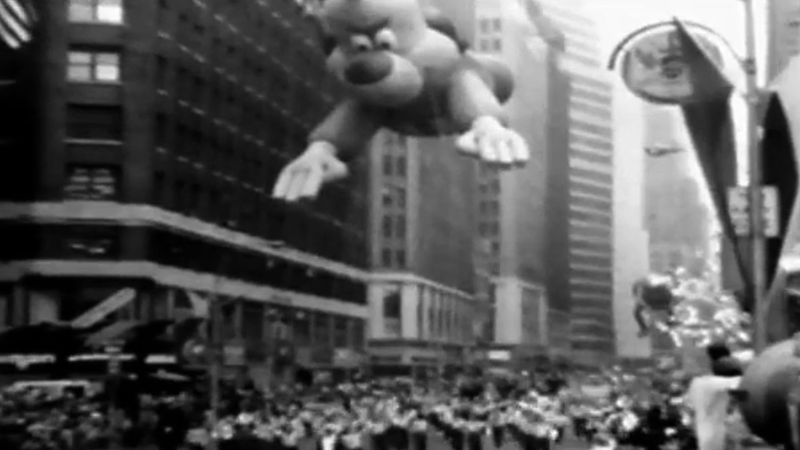
The first Macy’s Thanksgiving Parade in 1924 was a festive extravaganza that marched right into the hearts of New Yorkers. Picture this: the streets filled with crowds, live animals from the Central Park Zoo parading down the avenues, and a holiday spirit that could warm even the coldest November day.
It was a parade like no other, setting the stage for a tradition that would grow to include giant balloons and marching bands. The inaugural parade was a celebration of community and togetherness, bringing people from all walks of life to enjoy the spectacle.
I can almost hear the laughter and cheers of children as they watched the lively procession pass by. The Macy’s Parade was more than just a holiday event; it was a symbol of joy and celebration that would become a beloved part of Thanksgiving traditions across the country.
11. Model T Dominated the Roads
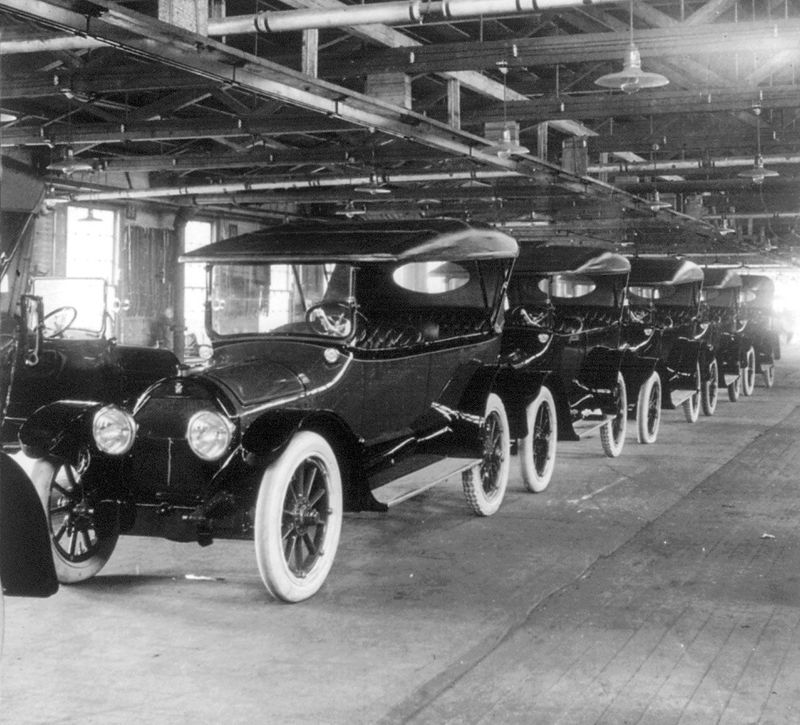
The Model T was the little car that could, and did, dominate the roads of the 1920s. Henry Ford’s invention revolutionized transportation, making cars affordable and accessible to the masses. Imagine streets lined with these iconic vehicles, each one a testament to the power of innovation and mass production.
The Model T wasn’t just a car; it was a symbol of freedom, allowing people to travel farther and faster than ever before. I can picture families piling into their Model T for a scenic drive, the wind in their hair and the road stretching out ahead.
The car’s popularity was a testament to its reliability and charm, proving that good things really do come in small packages. The Model T was more than just a mode of transportation; it was a driving force that helped shape the modern world, one mile at a time.
12. Al Capone Rose to Power
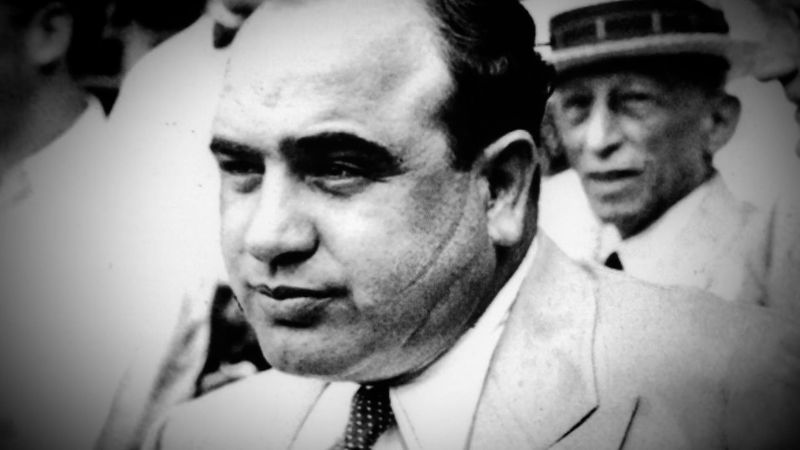
The rise of Al Capone in the 1920s was like a gangster movie come to life, complete with drama, intrigue, and a dash of danger. Prohibition may have banned alcohol, but it also fueled the growth of organized crime, and Capone was the kingpin of it all.
Imagine the bustling streets of Chicago, with speakeasies and illicit activities thriving in the shadows. Capone was a larger-than-life figure, his name synonymous with power and influence. I can almost see him, cigar in hand, orchestrating his empire from behind the scenes.
His rise to power was a story of ambition and ruthlessness, illustrating the unintended consequences of Prohibition. Al Capone wasn’t just a criminal; he was a symbol of an era marked by lawlessness and excess, a reminder that sometimes the most notorious figures leave the biggest marks on history.
13. Flappers Flouted Convention
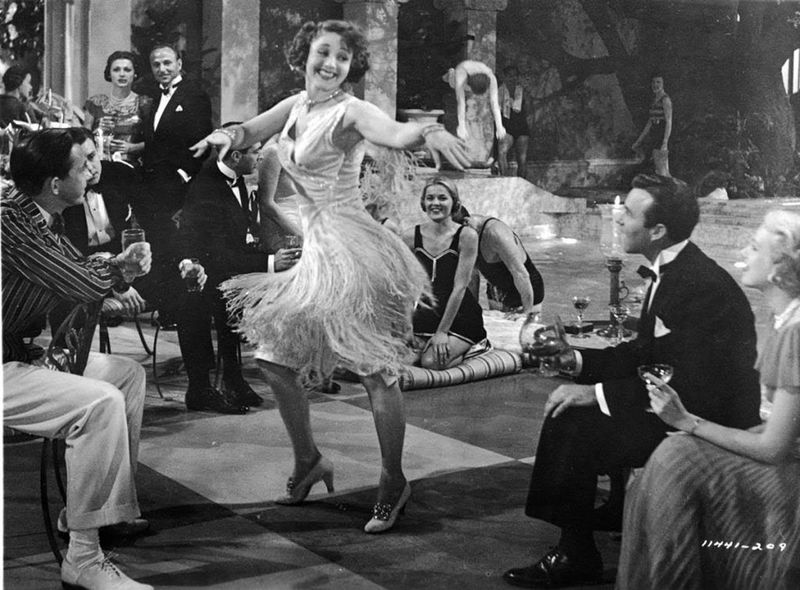
Flappers were the rebels with a cause, shaking up the 1920s with their bold style and defiance of social norms. Imagine young women with bobbed hair, short skirts, and a penchant for jazz, dancing the night away with carefree abandon.
Flappers were more than just fashion icons; they were pioneers of a new lifestyle, one that embraced individuality and freedom. I can almost see them, cigarette holders in hand, challenging the conventions of their time with a wink and a smile.
Flappers were the embodiment of the Roaring Twenties, their energy and spirit capturing the essence of a decade in full swing. They were a testament to the power of self-expression, proving that sometimes the best way to make a point is to dance it out. The flapper legacy lives on, a reminder that breaking the mold can lead to a more vibrant world.
14. The Scopes Monkey Trial (1925)

The Scopes Monkey Trial in 1925 was a courtroom drama worthy of the silver screen, pitting evolution against creationism in a battle of beliefs. Imagine a packed courtroom, filled with lawyers, reporters, and curious onlookers, all hanging on every word of the trial.
It was a case that captured the nation’s attention, challenging the status quo and sparking a heated debate about science and religion. I can almost hear the arguments echoing through the room, each side passionately defending its vision of the world.
The trial wasn’t just about one man’s teaching; it was a reflection of a society grappling with change and progress. The Scopes Monkey Trial was a landmark case that left a lasting impact on education and the public’s view of science, proving that sometimes the most important conversations happen in the unlikeliest of places.
15. The Charleston Became a Dance Craze
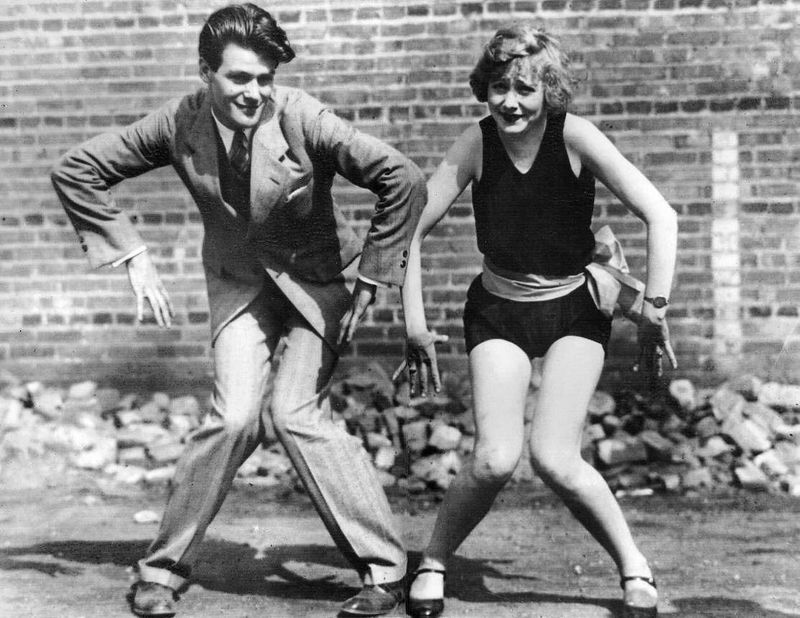
The Charleston was the dance craze that turned the 1920s into a high-energy dance-off. Imagine a packed dance hall, with people kicking their legs and swinging their arms to the infectious rhythm of jazz. The Charleston was more than just a dance; it was an expression of the decade’s lively spirit.
I can almost see the smiles and laughter as dancers tried to keep up with the fast-paced moves, each kick a testament to the joy of the time. The dance was a sensation, sweeping across the nation and bringing people together on the dance floor.
It was a moment when music and movement collided in perfect harmony, capturing the essence of the Roaring Twenties. The Charleston was a reminder that sometimes the best way to celebrate life is to dance like no one’s watching, even if everyone is.
16. Television Was Invented
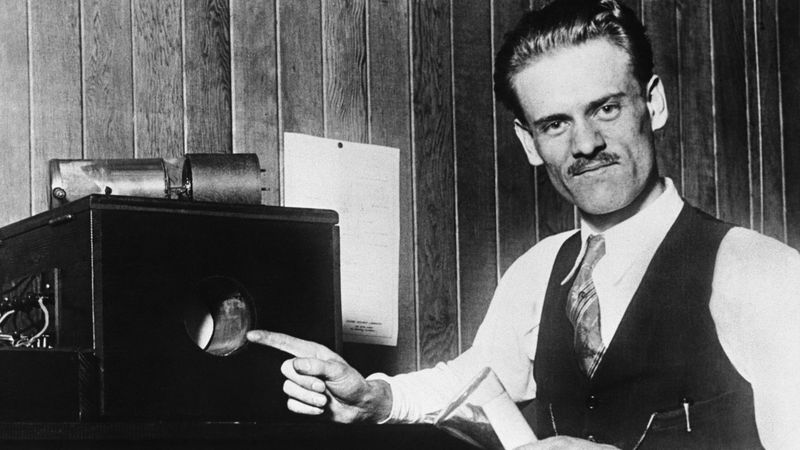
The invention of television in the 1920s was like turning on a lightbulb in the world of entertainment. It may not have been mainstream yet, but it was a glimpse into the future of broadcasting. Imagine the excitement and curiosity as inventors unveiled this new technology, showing off prototypes that would eventually bring moving images into homes worldwide.
Television was more than just a novelty; it was a revolution in how people would consume information and entertainment. I can almost see the eager faces of those witnessing this groundbreaking invention for the first time, their imaginations sparked by the possibilities.
The creation of television was a moment that paved the way for a new era of communication, proving that sometimes the most monumental changes start with a flicker on a screen. It was the dawn of a new visual storytelling medium, one that would change the world.
17. The Lost Generation Wrote Masterpieces
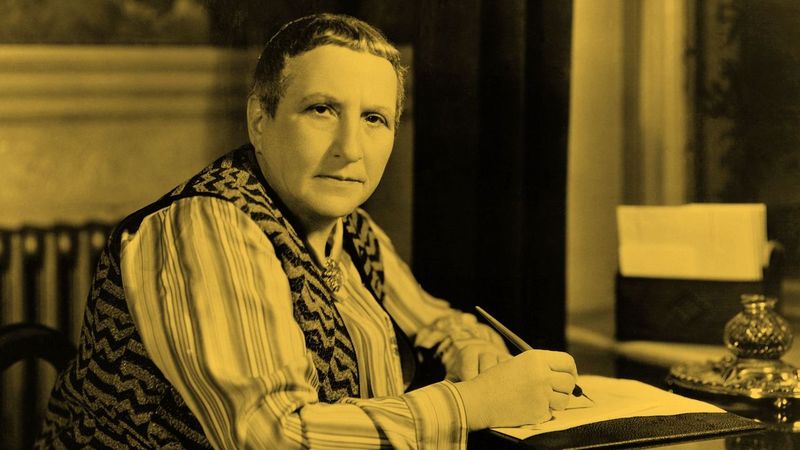
The Lost Generation of the 1920s was a literary force that penned masterpieces with the flair of wordsmith wizards. Imagine the smoky cafés of Paris, filled with expatriate writers like Ernest Hemingway and F. Scott Fitzgerald, their conversations buzzing with ideas and creativity.
These authors captured the essence of a post-war world, exploring themes of disillusionment and change in their works. I can almost hear the clinking of glasses and the scribbling of pens as they crafted stories that would resonate for generations.
The Lost Generation wasn’t just about writing; it was about capturing the zeitgeist of an era marked by transformation and introspection. Their works became timeless classics, reminding us that literature has the power to illuminate the human experience. The Lost Generation left a lasting legacy, proving that sometimes getting lost is the best way to find your voice.
18. The First Winter Olympics (1924)
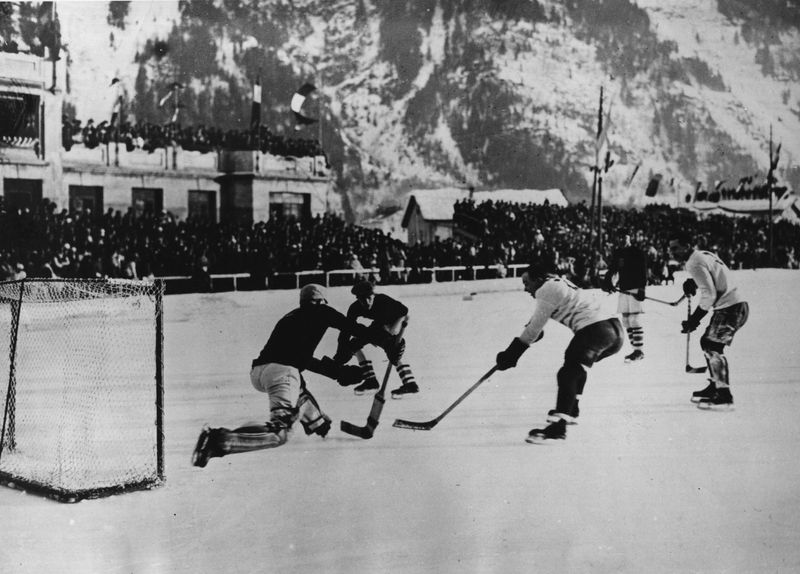
The first Winter Olympics in 1924 was a frosty affair that put winter sports on the global stage. Imagine the snow-covered landscapes of Chamonix, France, where athletes from around the world gathered to compete in events like figure skating and skiing.
It was a celebration of athleticism and endurance, showcasing the beauty and challenge of winter sports. I can almost feel the chill in the air and hear the cheers of spectators as they watched these pioneers glide and race across the snow. The inaugural Winter Games were a triumph of spirit, proving that cold weather could bring people together in the warmth of competition.
The first Winter Olympics was more than just a sporting event; it was a symbol of international camaraderie and the start of a beloved tradition that continues to inspire and entertain fans worldwide. It was a moment when winter truly stole the spotlight.
19. Babe Ruth Became a Legend

Babe Ruth was the sultan of swat, the king of crash, and a baseball legend whose fame soared in the 1920s. Imagine a packed stadium, the roar of the crowd as Ruth stepped up to the plate, his bat poised to make history. He wasn’t just a player; he was a phenomenon, smashing home runs and records with ease.
I can almost see the excitement on fans’ faces, each swing a promise of greatness. Babe Ruth’s impact on baseball was monumental, transforming the sport into America’s pastime and inspiring a generation of fans. He was a larger-than-life figure, his charisma and talent lighting up the field.
Babe Ruth wasn’t just a baseball player; he was a symbol of determination and excellence, reminding us that sometimes greatness comes with a big swing. His legacy lives on, a testament to the power of passion and athleticism.
20. Art Deco Took Over Design
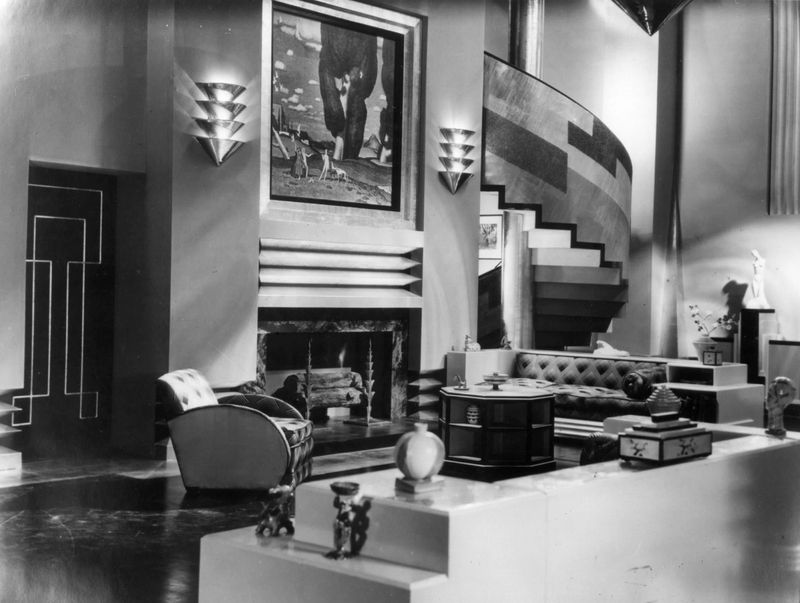
Art Deco was the design darling of the 1920s, turning everything from buildings to jewelry into works of geometric wonder. Imagine walking into a room filled with sleek lines, bold colors, and shiny chrome, each element a testament to the era’s love for glamour and modernity.
Art Deco wasn’t just a style; it was a celebration of the future, embracing technology and luxury. I can almost feel the elegance of the time, as designers pushed the boundaries of what was possible. The movement was a fusion of art and function, proving that good design could be both beautiful and practical.
Art Deco was more than just a trend; it was a statement, a declaration that the world was ready to embrace the modern age with open arms. Its influence can still be seen today, reminding us that sometimes the past holds the key to timeless beauty.
21. Walt Disney Created Mickey Mouse (1928)
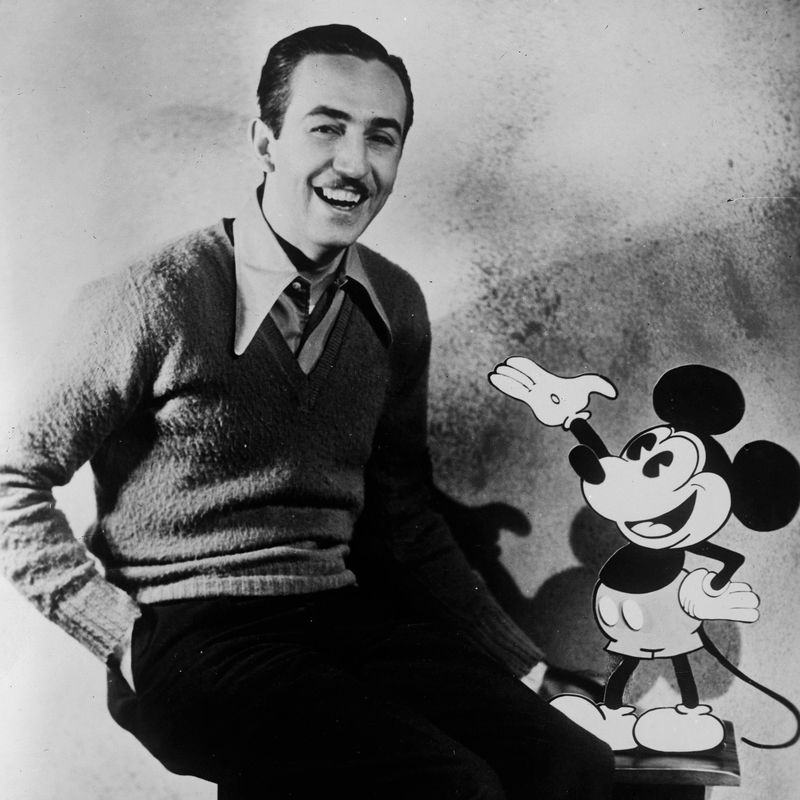
In 1928, a little mouse with big ambitions made his debut, and the world of animation was never the same. Mickey Mouse was Walt Disney’s brainchild, a character that would become an icon of joy and imagination. Imagine the excitement in the animation studio as Disney and his team brought Mickey to life, each frame a step closer to magic.
Steamboat Willie was Mickey’s first outing, and it was a hit, capturing the hearts of audiences everywhere. I can almost hear the laughter and applause as Mickey’s antics unfolded on screen. Mickey Mouse wasn’t just a cartoon character; he was a symbol of creativity and dreams coming true.
Walt Disney’s creation marked the beginning of an entertainment empire, proving that sometimes the smallest ideas have the biggest impact. Mickey Mouse is a testament to the power of imagination, a character that continues to inspire generations.
22. Penicillin Was Accidentally Discovered (1928)
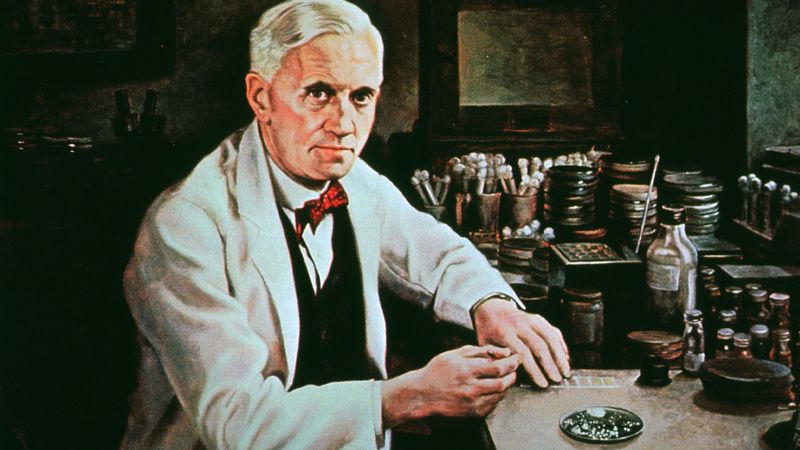
The accidental discovery of penicillin in 1928 was like finding a forgotten treasure map in the attic. Alexander Fleming stumbled upon the mold with medicinal gold, and the world of medicine was forever changed. Imagine the surprise and curiosity as Fleming observed the mold killing bacteria, opening the door to antibiotics that would save countless lives.
I can almost see the awe on his face as he realized the potential of his accidental find. Penicillin wasn’t just a medical marvel; it was a turning point in the fight against infections, offering a lifeline to patients who once had little hope.
Fleming’s discovery was a reminder that sometimes the most amazing breakthroughs happen by chance. Penicillin revolutionized healthcare, proving that a little mold can go a long way in making the world a healthier place. It was a happy accident that left an indelible mark on history.
23. Speakeasies Were Everywhere
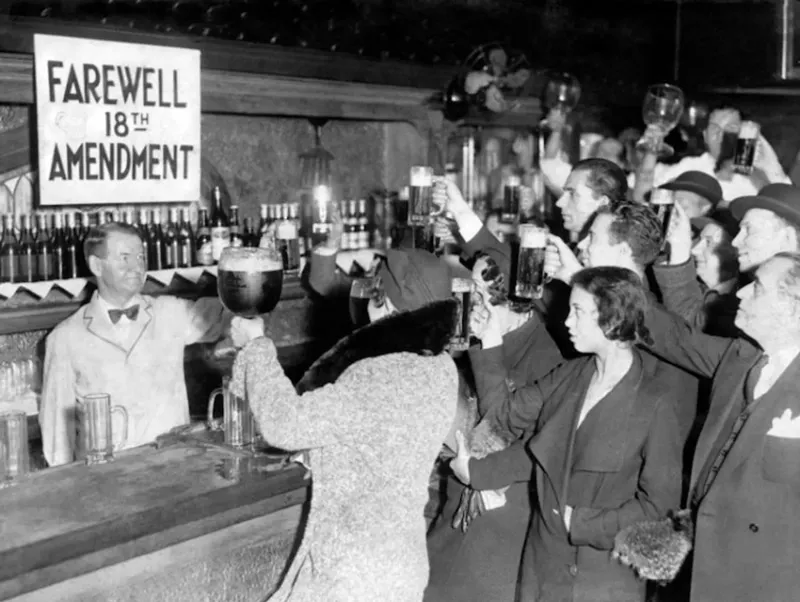
The 1920s were the age of the speakeasy, where secret bars popped up like mushrooms after a rain. Prohibition may have banned alcohol, but that didn’t stop the party from going underground. Imagine hidden doorways leading to dimly lit rooms, the air filled with jazz and the clinking of glasses.
Speakeasies were more than just bars; they were havens of rebellion and camaraderie. I can almost hear the laughter and music as patrons whispered secret passwords to gain entry. These establishments were a testament to the human spirit’s love for celebration and ingenuity.
Speakeasies turned drinking into an adventure, each visit a step into an exclusive world. They were a reminder that sometimes the best parties are the ones you have to sneak into. The legacy of speakeasies lives on, a symbol of defiance and the enduring appeal of a good time.
24. Stock Market Hit Record Highs
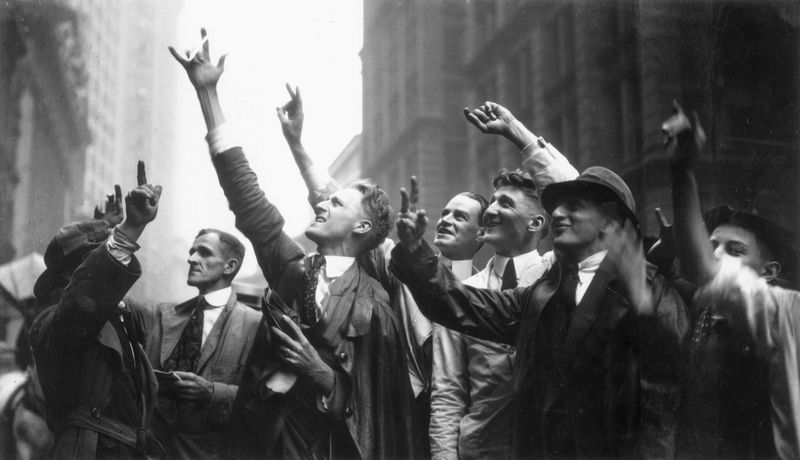
The stock market in the 1920s was a rollercoaster ride of financial highs and lows. Imagine the bustling trading floors, filled with excited brokers and the constant hum of ticker tape machines. The market soared to dizzying heights, a symbol of the decade’s economic prosperity and optimism. I can almost see the smiles and handshakes as fortunes were made in the blink of an eye. Inve
stors rode the wave of prosperity, believing the good times would never end. But as we know, every rollercoaster has its dips, and the crash of 1929 was a stark reminder of the volatility of the market.
The stock market highs of the 1920s were a testament to the power of speculation and risk, proving that sometimes the brightest stars can fall the fastest. It was a time of dreams and daring, a financial chapter that left a lasting impact on history.
25. The League of Nations Formed

The formation of the League of Nations in the 1920s was an ambitious attempt at global peacekeeping, a diplomatic dance with high stakes. Imagine representatives from countries around the world gathering to discuss ways to prevent future conflicts and promote harmony. The League was more than just an international club; it was a symbol of hope and cooperation in a post-war world.
I can almost hear the debates and negotiations as diplomats worked to build a better future. The League of Nations was a noble effort, but its challenges were many, and its success was limited. It was a reminder that while the road to peace is often paved with good intentions, it also requires resilience and collaboration.
The League was a stepping stone to future international organizations, proving that sometimes the most important lessons come from early attempts to make a difference. It was a bold endeavor that set the stage for future global initiatives.
26. Lindy Hop Hit the Dance Floor
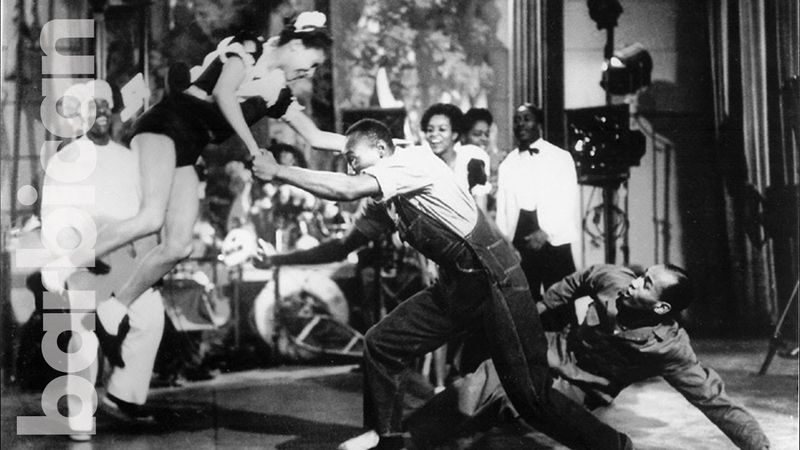
The Lindy Hop was the dance sensation that took the 1920s by storm, a whirlwind of swinging steps and joyful jumps. Imagine a lively dance floor, with couples twirling and leaping to the upbeat sounds of jazz. The Lindy Hop wasn’t just a dance; it was an expression of the era’s exuberance and love for movement.
I can almost feel the excitement in the air as dancers showcased their skills, each swing a snapshot of joy. The dance was a fusion of styles, bringing people together in a celebration of rhythm and connection.
The Lindy Hop was more than just a trend; it was a cultural phenomenon, proving that sometimes the best way to communicate is through dance. It was a moment when the world let loose and embraced the joy of movement, a reminder that music and dance can bring people together like nothing else.
27. Zelda and F. Scott Fitzgerald Became The Couple

Zelda and F. Scott Fitzgerald were the golden couple of the 1920s, living a life straight out of a Jazz Age novel. Imagine glamorous parties, literary salons, and a whirlwind of style and scandal. The Fitzgeralds weren’t just a couple; they were icons of an era, embodying the exuberance and excess of the Roaring Twenties.
I can almost see them, clinking glasses and exchanging witty banter, each moment a page from a storybook. Their lives were filled with creativity and chaos, a perfect reflection of the times. The Fitzgeralds’ legacy is one of romance and realism, proving that sometimes life imitates art.
They were a testament to the power of love and literature, leaving an indelible mark on both. Zelda and F. Scott Fitzgerald were more than just a couple; they were a symbol of a decade’s cultural heartbeat, a reminder that passion and creativity often go hand in hand.
28. The First Flight Over the South Pole (1929)
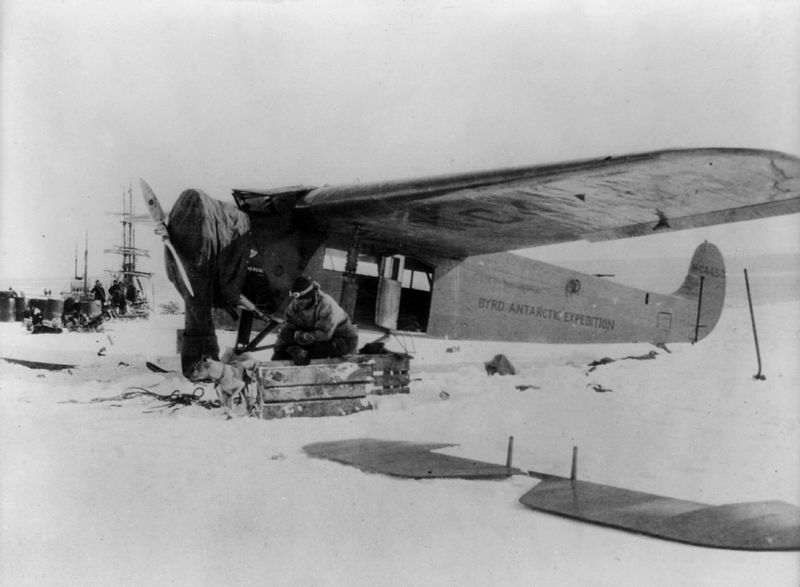
The first flight over the South Pole in 1929 was an icy adventure that put exploration on the map of impossibilities turned possible. Imagine the vast, frozen expanse below as Richard Byrd’s plane soared over the untouched landscapes of Antarctica.
It was a journey that tested the limits of human endurance and ingenuity, pushing the boundaries of what was thought possible. I can almost feel the chill and hear the roar of the engines as Byrd made history in the harshest of environments.
The flight wasn’t just about reaching a destination; it was a testament to the spirit of exploration and the relentless pursuit of discovery. Byrd’s achievement was a milestone in aviation, proving that sometimes the greatest stories are written in the sky. The first flight over the South Pole was an adventure that captured the imagination of the world, a reminder that exploration knows no bounds.
29. Electric Refrigerators Hit Homes
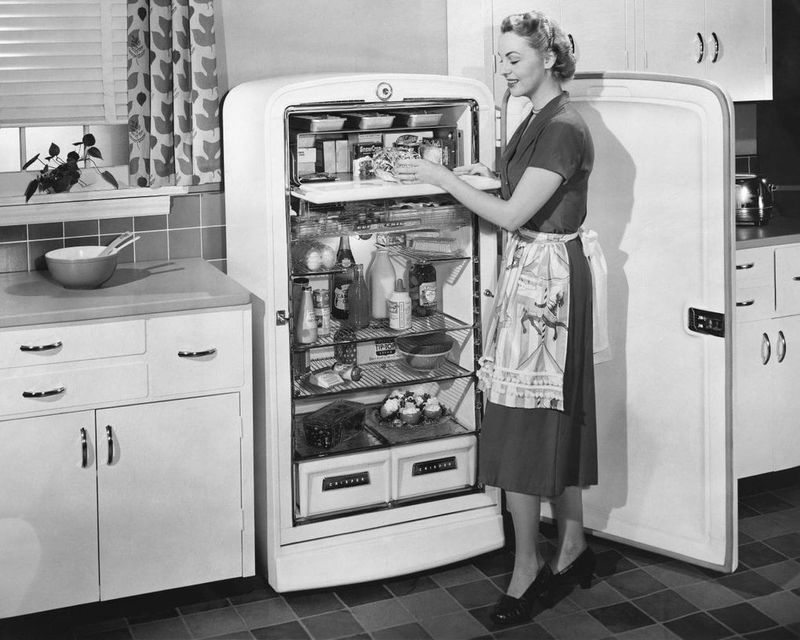
Electric refrigerators were the cool cats of the 1920s, bringing a touch of modernity to kitchens everywhere. Imagine families marveling at this new appliance, a far cry from the iceboxes of yesteryear. The refrigerator wasn’t just a convenience; it was a game-changer, keeping food fresh and reducing waste.
I can almost see the excitement as families filled their fridges with perishable delights, their culinary horizons expanded by technology. The electric refrigerator was more than just a kitchen gadget; it was a symbol of progress, a step toward a more efficient and comfortable home life.
Its introduction marked the beginning of a new era in food storage, proving that sometimes the best innovations are the ones that make everyday life a little easier. The refrigerator revolutionized the way people lived and dined, leaving a lasting impact on the modern household and reminding us that sometimes cool things come in small packages.
30. First Woman Governor in the U.S. (1925)
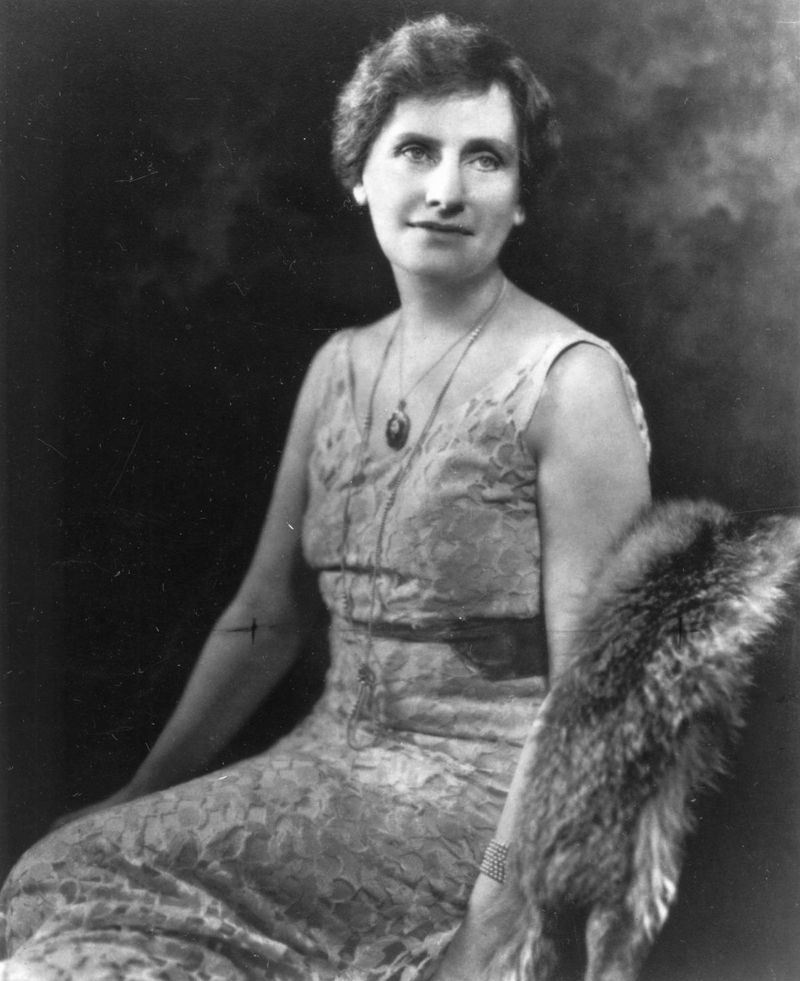
In 1925, Nellie Tayloe Ross shattered glass ceilings with the grace of a politician and the determination of a trailblazer as she became the first woman governor in the U.S. Imagine the excitement and inspiration as Ross took the helm in Wyoming, her leadership a beacon for future generations of women in politics. She wasn’t just making history; she was forging a path for others to follow.
I can almost hear the applause and see the pride in the faces of those who supported her groundbreaking journey. Ross’s governorship was a reminder that women could lead and excel in the highest offices, proving that sometimes the most significant changes start with a single step forward.
Her legacy is one of courage and conviction, a testament to the power of breaking barriers. Nellie Tayloe Ross was more than just a governor; she was a pioneer whose impact continues to inspire.
31. Flagpole Sitting Was a Fad
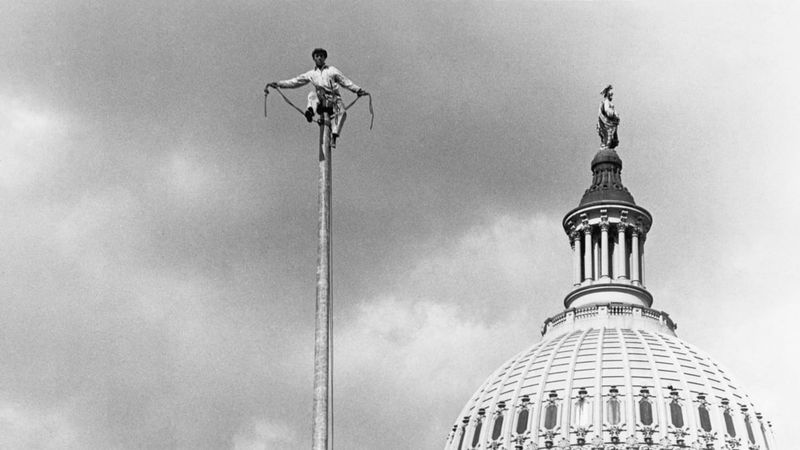
Flagpole sitting in the 1920s was a fad that took the phrase ‘on top of the world’ a bit too literally. Imagine daredevils perched on flagpoles high above the streets, drawing crowds and curious onlookers. It wasn’t just a stunt; it was a spectacle, a challenge of endurance and a testament to the decade’s love for the bizarre.
I can almost hear the gasps and laughter as people marveled at the sight of someone sitting atop a pole, defying gravity and common sense. Flagpole sitting was more than just a pastime; it was a cultural phenomenon, proving that sometimes the heights of entertainment involve a literal climb.
The fad was a snapshot of the Roaring Twenties’ adventurous spirit, a reminder that sometimes the most unusual trends capture the public’s imagination. It was a quirky chapter in history, one that showed that in the 1920s, the sky was the limit for fun.
32. Coco Chanel Popularized the Little Black Dress
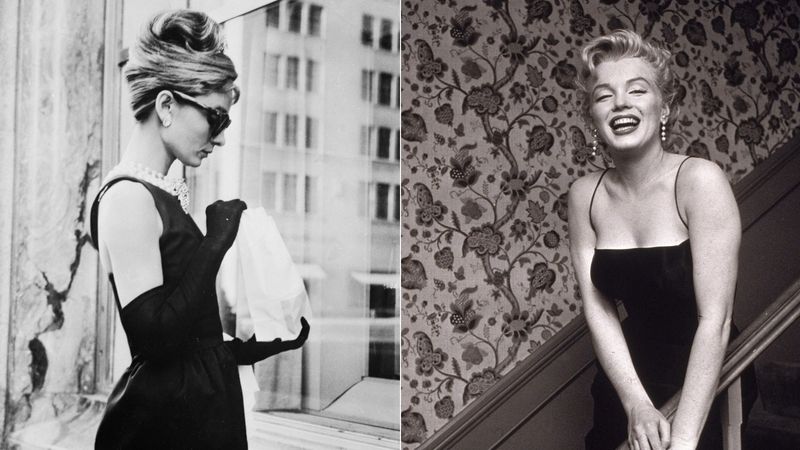
Coco Chanel was the fashion maven who turned the little black dress into a timeless staple of elegance in the 1920s. Imagine walking into a boutique and seeing the simplicity and sophistication of a black dress that could go from day to night with ease. Chanel’s creation wasn’t just about fashion; it was about empowerment, offering women a chic and versatile wardrobe option.
I can almost see the admiration on faces as they recognized the genius of a dress that was both practical and stylish. The little black dress was more than just a garment; it was a revolution in women’s fashion, proving that sometimes less is more.
Chanel’s legacy is one of innovation and elegance, a testament to the power of simplicity in design. The little black dress remains a fashion icon, reminding us that sometimes the best style statements come in classic shades of black.
33. The First Talking Movie (1927)
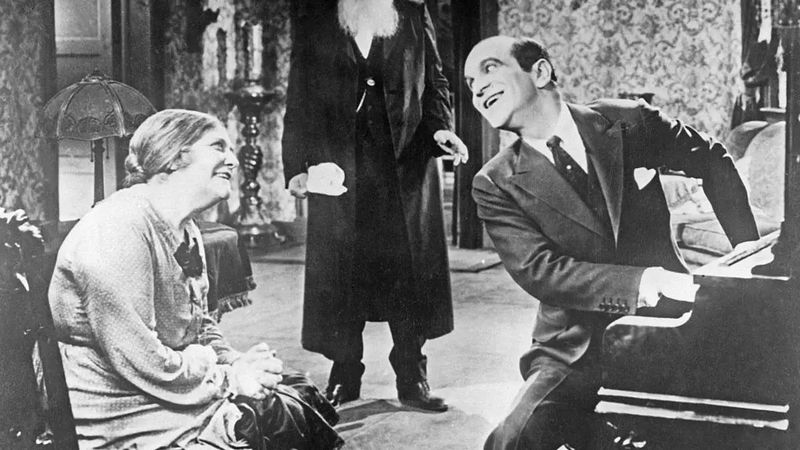
The first talking movie, The Jazz Singer in 1927, was a cinematic revolution that gave films a voice and audiences a reason to cheer. Imagine the anticipation and excitement as moviegoers flocked to theaters to witness the magic of sound on screen.
It was a game-changer, transforming silent films into a new sensory experience. I can almost hear the applause and gasps as the first spoken lines resonated through the theater, bringing characters and stories to life in a whole new way.
The Jazz Singer wasn’t just a movie; it was a milestone in film history, proving that sometimes the power of a story lies in its dialogue. The introduction of talking pictures marked the dawn of a new era in cinema, one that would shape the future of storytelling and entertain audiences for generations. It was a moment when movies truly began to speak for themselves.
34. The British Empire Was at Its Peak
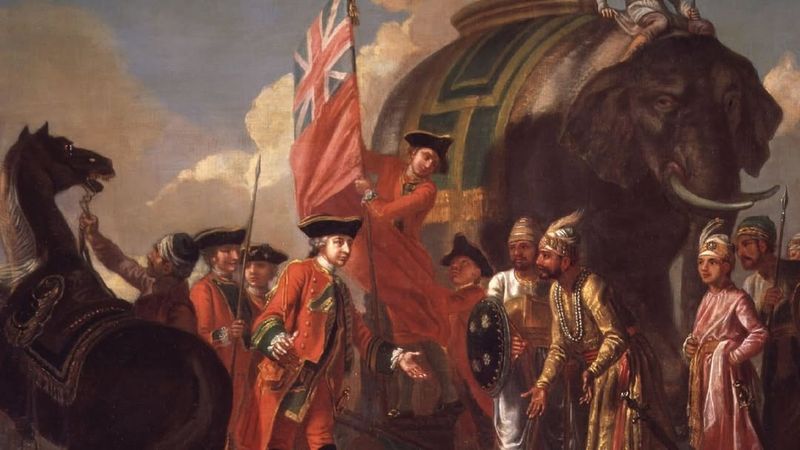
The British Empire in the 1920s was a global superpower, with a reach that stretched from the UK to the far corners of the world. Imagine a map room filled with officials, each dot representing a territory under British rule.
It was an empire where the sun never set, a testament to its vastness and influence. I can almost see the discussions and strategies as leaders navigated the complexities of governing such a diverse array of lands and peoples.
The British Empire was more than just a collection of territories; it was a symbol of power and ambition, proving that sometimes the reach of a nation can span continents. Its influence shaped the politics, culture, and economies of countless countries, leaving a legacy that continues to be felt today. The British Empire at its peak was a reminder that with great power comes great responsibility, a chapter in history marked by both achievements and challenges.
35. Aviator Amelia Earhart Took Flight

Amelia Earhart was the soaring star of aviation in the 1920s, breaking records and barriers every time she took to the skies. Imagine the thrill of flight, the wind rushing past as Earhart pushed the boundaries of what was possible for women in aviation. She wasn’t just a pilot; she was a pioneer, inspiring millions with her courage and determination.
I can almost see her confident smile as she prepared for each record-breaking journey, her eyes set on the horizon. Amelia Earhart’s legacy is one of adventure and empowerment, proving that sometimes the sky is just the beginning.
Her achievements in aviation were more than just personal victories; they were milestones for women everywhere, a testament to the power of dreaming big and flying even higher. Amelia’s flights were a symbol of freedom and possibility, a reminder that no dream is too high to reach.
36. Surrealism Took Over Art
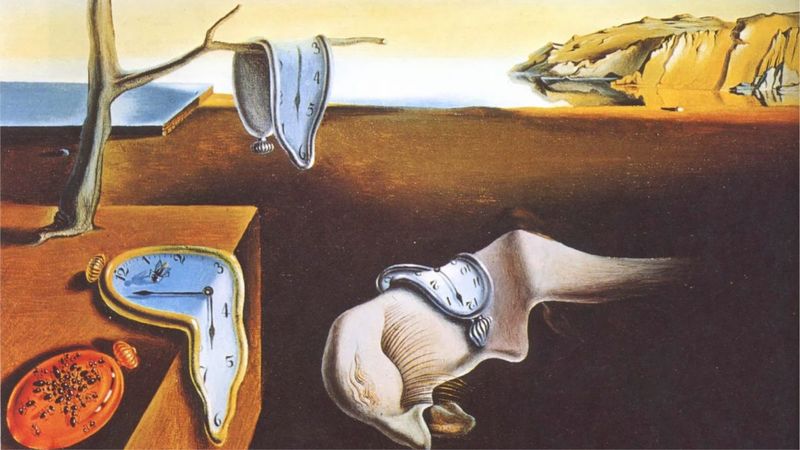
Surrealism in the 1920s was an artistic revolution that turned the world upside down, inviting audiences to step into the dreamscape. Imagine walking through a gallery filled with paintings that defied logic and reason, each piece a portal into the subconscious. Artists like Salvador Dalí and René Magritte created works that challenged perceptions and sparked imagination.
I can almost feel the intrigue and wonder as viewers pondered the meaning behind these surreal creations. Surrealism was more than just an art movement; it was a challenge to see the world differently, proving that sometimes the most profound truths are found in the imagination.
The movement was a celebration of the bizarre and the beautiful, a reminder that art can be a journey into the unknown. Surrealism left a lasting impact on the art world, a testament to the power of creativity to push boundaries and explore new realms.
37. The Ku Klux Klan Reached Its Height
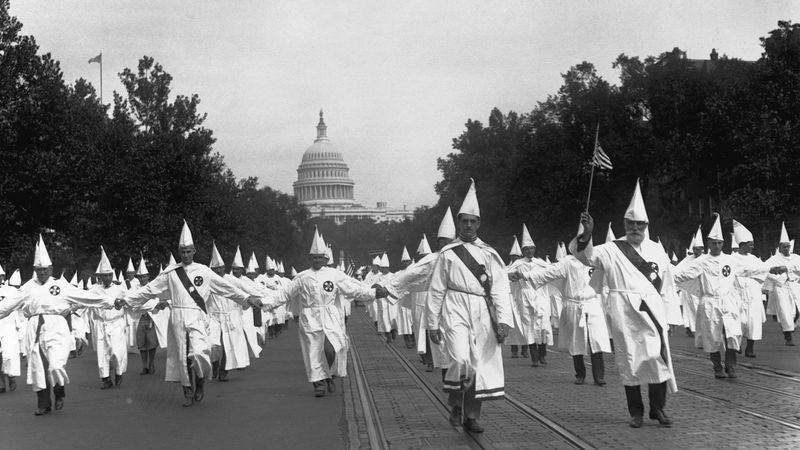
The 1920s saw the resurgence of the Ku Klux Klan, a dark chapter in American history marked by hate and fear. Imagine rallies filled with members in white robes and hoods, their presence a symbol of intolerance and division. The Klan’s influence spread across the country, leaving a trail of violence and discrimination in its wake.
I can almost feel the tension and unease as communities grappled with the rise of this hate group. The Klan’s resurgence was a stark reminder of the challenges of prejudice and the importance of unity and understanding. It was a time when fear overshadowed progress, proving that sometimes the fight for equality requires vigilance and courage.
The Ku Klux Klan’s impact on the 1920s was a sobering lesson in the dangers of extremism, a chapter in history that underscores the need for continued efforts toward justice and inclusion. It was a reminder that the path to equality is often fraught with obstacles, but the journey is worth it.
38. The Great Migration Continued
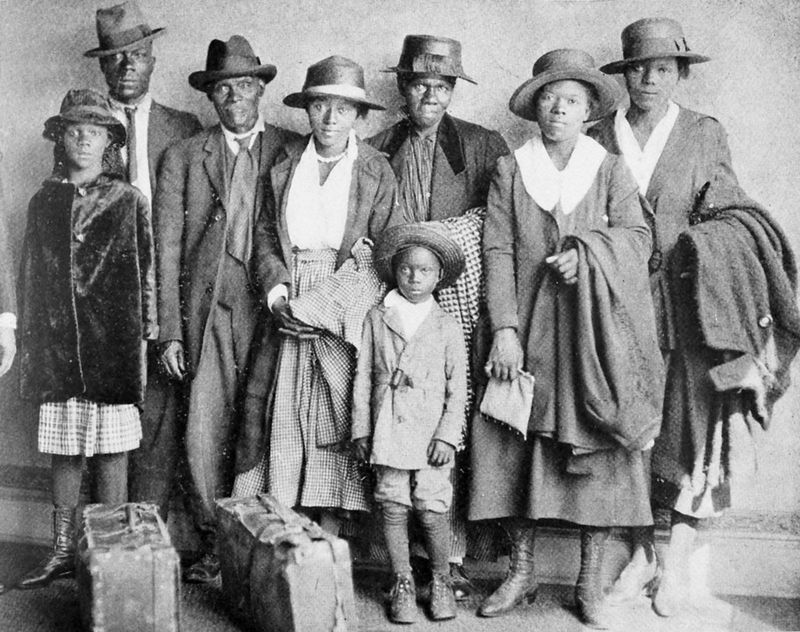
The Great Migration of the 1920s was a chapter of hope and change, as millions of African Americans moved north in search of better opportunities. Imagine train stations bustling with families, their dreams packed alongside their belongings as they journeyed toward a new life. The Migration wasn’t just a geographical shift; it was a cultural transformation, reshaping the cities and communities they settled in.
I can almost see the determination and hope in their eyes as they stepped off the trains, ready to embrace the possibilities of their new surroundings. The Great Migration was more than just a movement; it was a powerful statement of resilience and the pursuit of a brighter future.
It was a turning point in American history, proving that sometimes the journey toward equality begins with a single step. The legacy of the Great Migration continues to influence the social and cultural fabric of the nation, a testament to the power of perseverance and change.
39. Time Magazine Was Founded (1923)

The founding of Time Magazine in 1923 was like delivering a scoop of news with a side of snappy commentary. Imagine newsstands featuring the latest issue, its pages filled with insights and analysis of the world’s events. Time wasn’t just a magazine; it was a new way of consuming information, offering readers a concise look at global affairs.
I can almost see the curiosity on readers’ faces as they flipped through its pages, eager for the latest updates and perspectives. Time Magazine was a revolution in journalism, proving that sometimes the best stories are told in succinct columns. Its founding marked the beginning of a new era in media, shaping the way people engaged with news and current events.
Time became a staple of informed readership, a reminder that sometimes the most impactful changes come in printed pages. Its legacy lives on, continuing to inform and inspire readers around the world.
40. Haircuts Got Shorter

The 1920s saw haircuts get a stylish chop as the bob took salons by storm, turning heads and redefining beauty. Imagine a salon filled with women eager to shed their long locks for the chic simplicity of a bob. It wasn’t just about fashion; it was a statement of independence and modernity.
I can almost see the excitement and confidence as clients admired their new looks in the mirror, each snip a step toward the future. The bob was more than just a haircut; it was a symbol of the changing roles and attitudes of women, proving that sometimes a fresh cut is the start of a new era.
Haircuts of the 1920s were a reflection of the times, a testament to the power of transformation and self-expression. The bob remains a timeless style, a reminder that sometimes the best trends are the ones that make a bold statement.
41. Hollywood Became a Giant
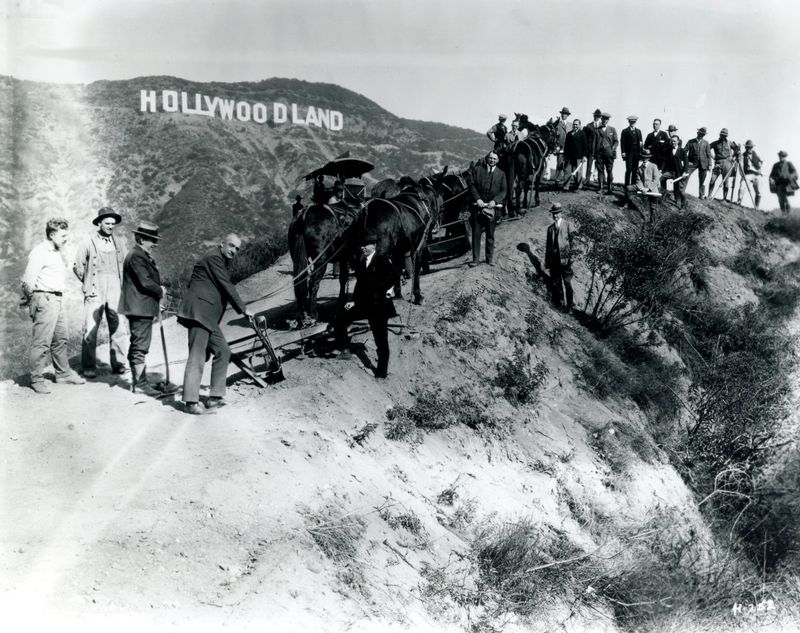
Hollywood in the 1920s was the land of dreams, where the silver screen became a canvas for storytelling magic. Imagine bustling film sets, directors shouting instructions, and actors transforming into characters that would captivate audiences. Hollywood wasn’t just a place; it was an idea, a world where anything was possible.
I can almost hear the clapperboards and see the lights as filmmakers brought their visions to life. The rise of Hollywood was a testament to the power of cinema to entertain and inspire, proving that sometimes the best stories are told with a camera roll. The 1920s saw the birth of the movie star, the rise of the studio system, and the expansion of an industry that would become a cultural powerhouse.
Hollywood’s legacy is one of creativity and innovation, a reminder that sometimes the most enduring legacies are those crafted in the glow of the spotlight. It was a golden age of film that laid the foundation for the cinematic landscape we know today.
42. The First Crossword Puzzle Book Published (1924)

The publication of the first crossword puzzle book in 1924 was a wordy delight that turned brain-teasers into a national pastime. Imagine bookstores with stacks of these new books, enticing readers to test their vocabularies and wits. Crossword puzzles weren’t just games; they were a mental workout, a challenge for those who loved words and riddles.
I can almost see the focused expressions as puzzlers filled in the grids, each word a step closer to solving the mystery. The crossword craze was more than just a fad; it was a cultural phenomenon, proving that sometimes the best entertainment comes in boxes.
The first puzzle book marked the beginning of a love affair with crosswords that continues to this day, a reminder that sometimes the most satisfying challenges are the ones that make you think. Crosswords became a staple of newspapers and magazines, offering readers a daily dose of fun and mental agility.
43. Jazz Clubs Lit Up Cities
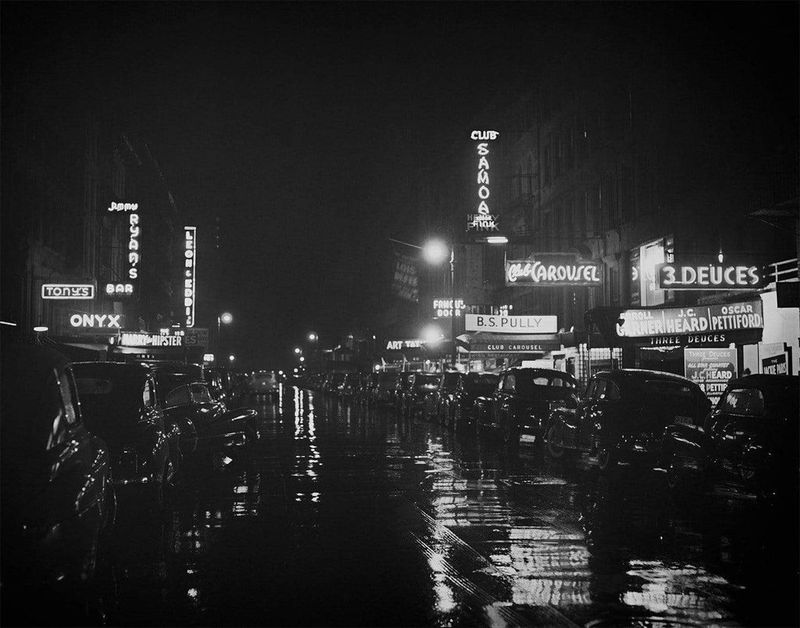
Jazz clubs in the 1920s were the heartbeat of cities, where music and nightlife collided in a symphony of sound and excitement. Imagine stepping into a dimly lit club, the air thick with the notes of a saxophone and the rhythm of a bass. Jazz wasn’t just music; it was an experience, a way of life that brought people together in celebration.
I can almost see the smiles and hear the laughter as patrons lost themselves in the music, each note a celebration of the era’s vibrancy. Jazz clubs were more than just venues; they were cultural hubs, proving that sometimes the best connections are made on the dance floor.
The 1920s saw jazz spread like wildfire, lighting up cities and inspiring a generation of musicians and fans. Jazz clubs were a testament to the power of music to unite and uplift, a reminder that sometimes the best nights are the ones filled with rhythm and soul.
44. The Economy Boomed (for a while)

The economy of the 1920s was a rollercoaster of prosperity, a time when the streets buzzed with the hum of commerce and success. Imagine a bustling city, shops filled with eager consumers, and businesses thriving in a climate of optimism.
The Roaring Twenties were marked by unprecedented economic growth, a symbol of the decade’s spirit of innovation and expansion. I can almost feel the excitement as people embraced the opportunities, their dreams fueled by the promise of a bright future. But like any rollercoaster, the ride had its ups and downs, and the crash of 1929 was a reminder of the volatility of boom times.
The economic boom of the 1920s was a testament to the power of ambition and risk-taking, proving that sometimes the brightest lights cast the longest shadows. It was a time of dreams and daring, a chapter in history that left a lasting impact on the world’s financial landscape.
45. The Decade Ended with the Crash of 1929

The decade of the 1920s ended with the crash of 1929, a financial earthquake that shook the world to its core. Imagine the chaos on the trading floors, brokers scrambling as the market plummeted and fortunes vanished in an instant. It wasn’t just a market crash; it was a turning point, a sobering end to a decade of excess and speculation.
I can almost hear the shock and disbelief as the realization set in, each figure on the ticker tape a reminder of the fragility of prosperity. The 1929 crash marked the beginning of the Great Depression, a time of hardship and resilience. It was a lesson in the volatility of the economy, proving that sometimes the most glittering eras can end in darkness.
The crash of 1929 was a pivotal moment in history, a reminder that the foundations of success must be built on stability and foresight. It was a stark end to a glittering decade, a turning point that reshaped the economic landscape for years to come.
